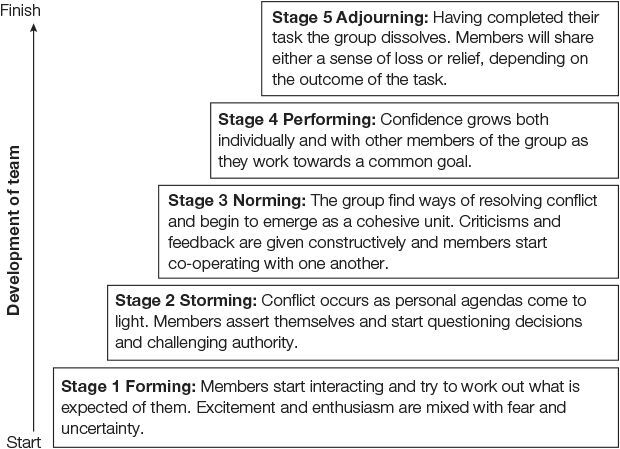Tuckman's Theory on Team Development
In CMPUT 401, effective teamwork is essential. You know the twist. A team of super-stars always loses to a super-star team.
But how to build a super-star team? What is the process? One of the answers was given by Bruce Tuckman back in 1965 (thanks for showcasing it in your wonderful mailing list, Natalia Babaeva!)
You might’ve heard about Tuckman’s theory as forming-storming-norming-performing.

Every team must go through a series of stages.
-
Forming. You have just met, and you barely know anyone in the group. You start interacting. Everyone feels excited, but the enthusiasm is mixed with fear.
-
Storming. You get to know your teammates better, and they’re not perfect. Questions arise, then comes frustration. Who takes the authority? Who makes decisions? Who contributes more? This stage is an uncomfortable place to be. But this phase must not be avoided. A team needs to live through it to get to the next phase.
-
Norming. Only here do we start seeing the group as a cohesive unit. We survived the storming phase, so we have no fear of open and constructive feedback, and we realistically see our strengths and weaknesses.
-
Performing. Finally, there’s a team, not a group of individuals. We are confident in each other, and we can productively work and move towards a common goal.
In 1977, Tuckman added the fifth stage.
- Adjourning. The team completes the work and dissolves, happily or not.